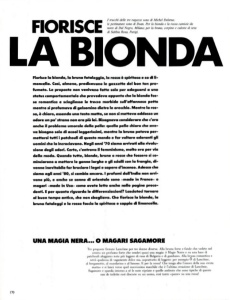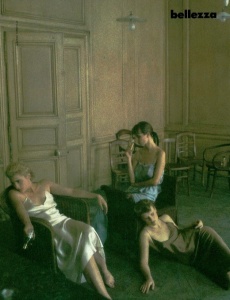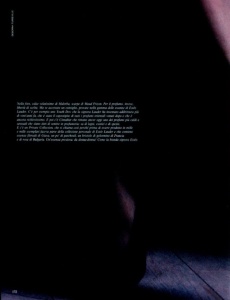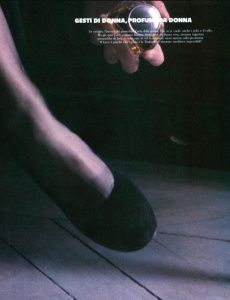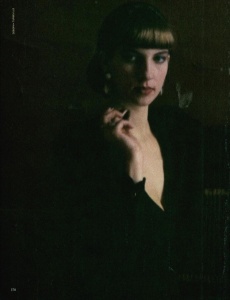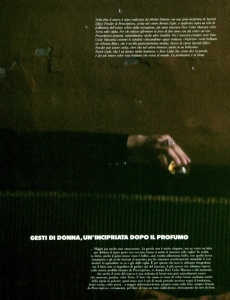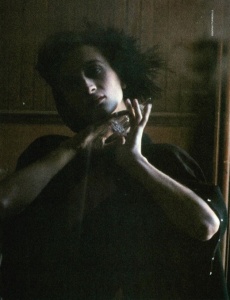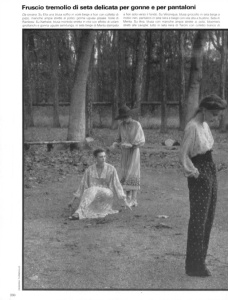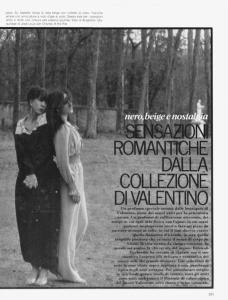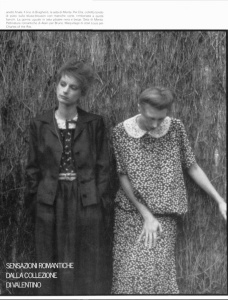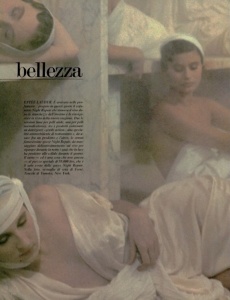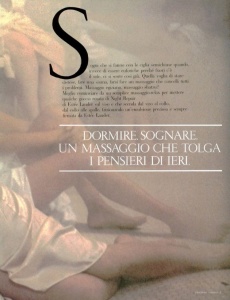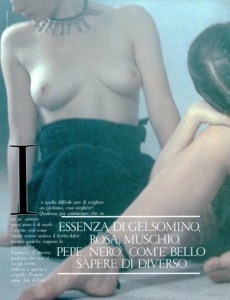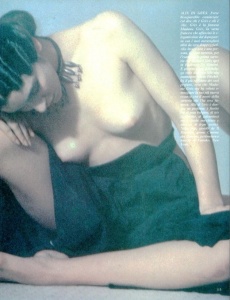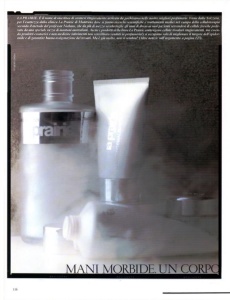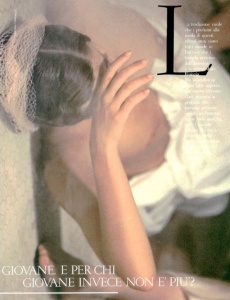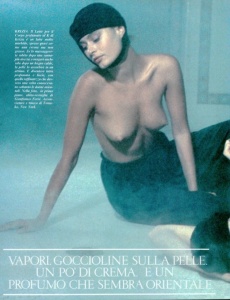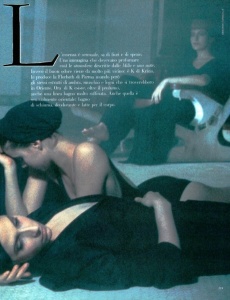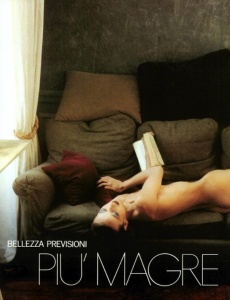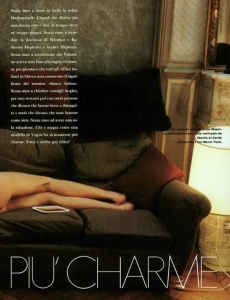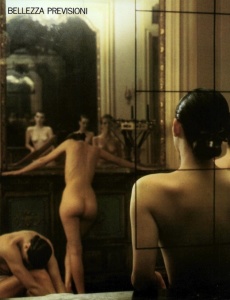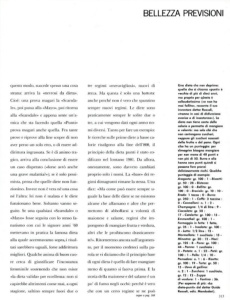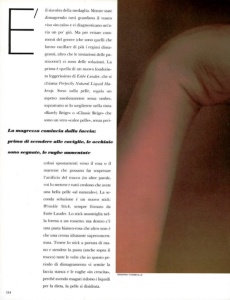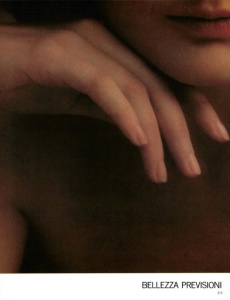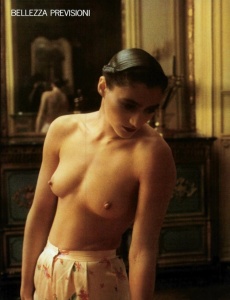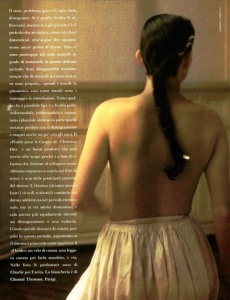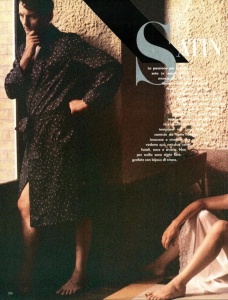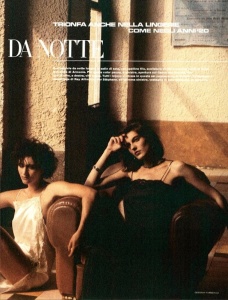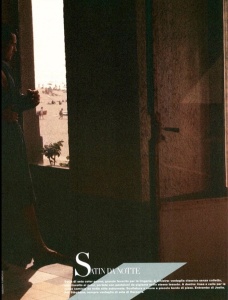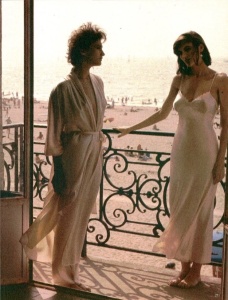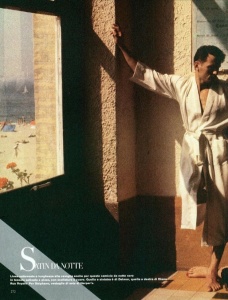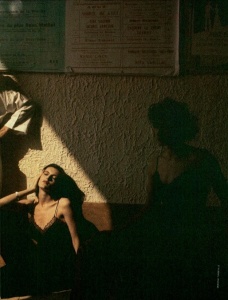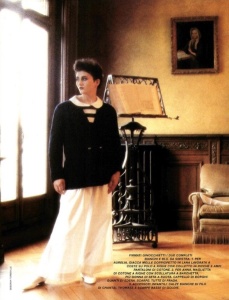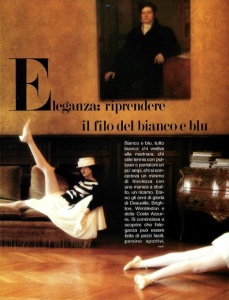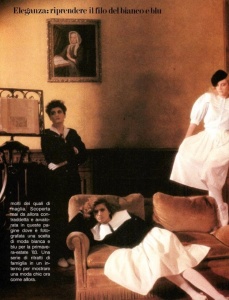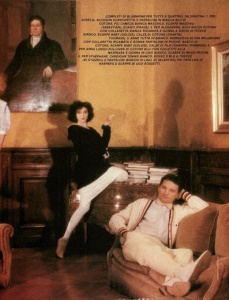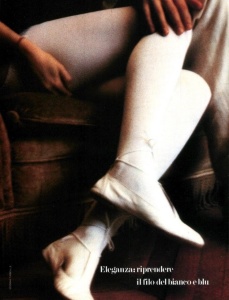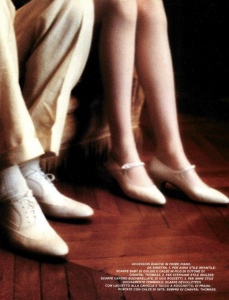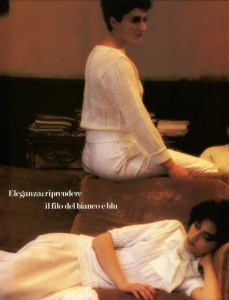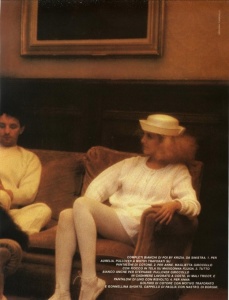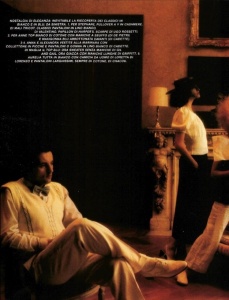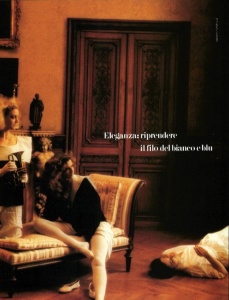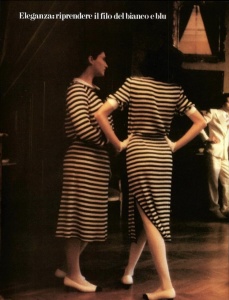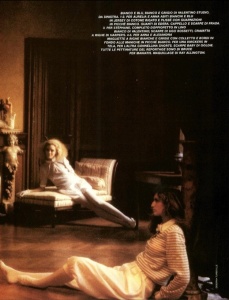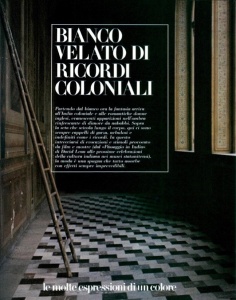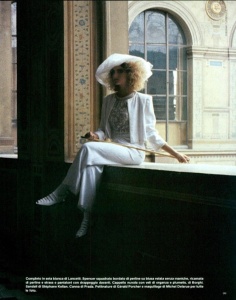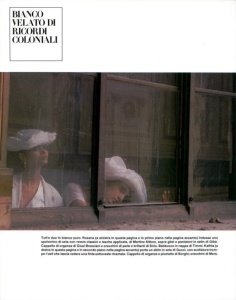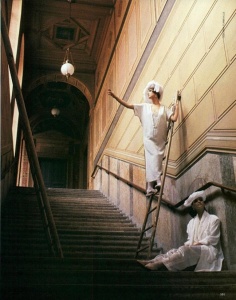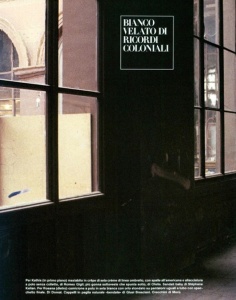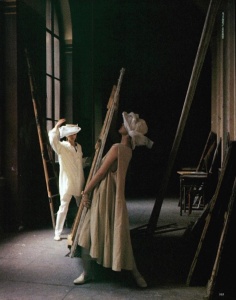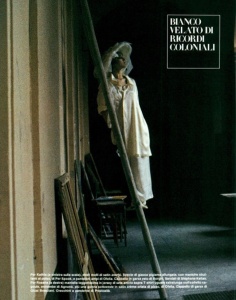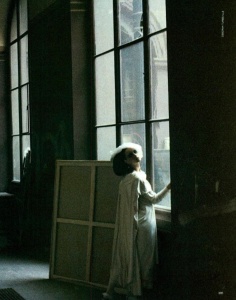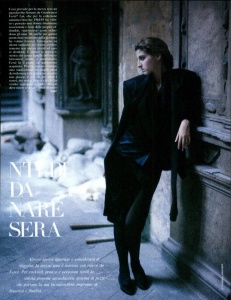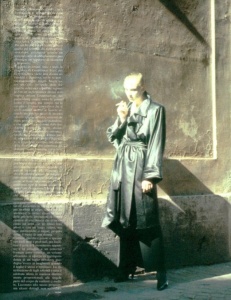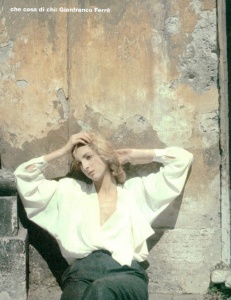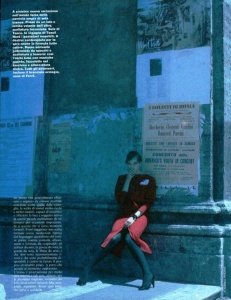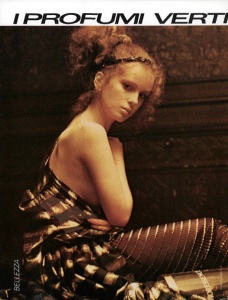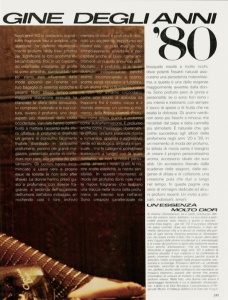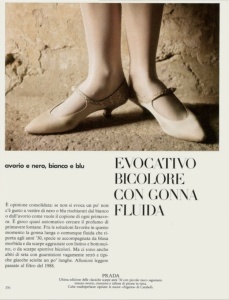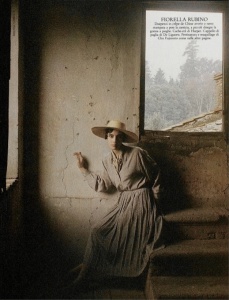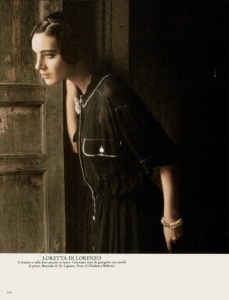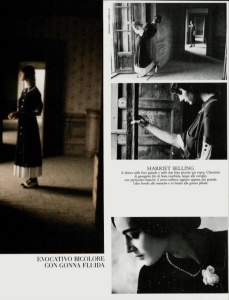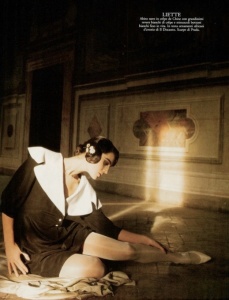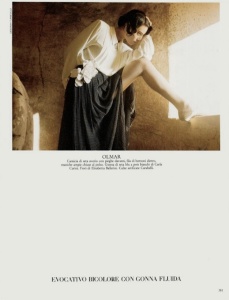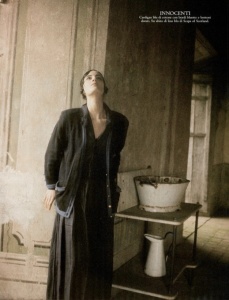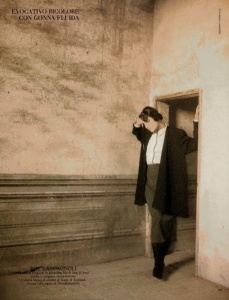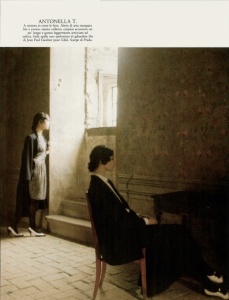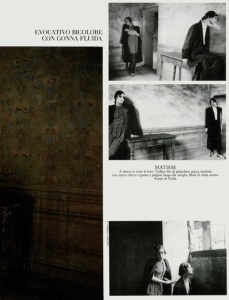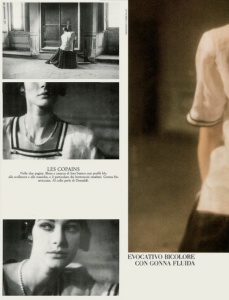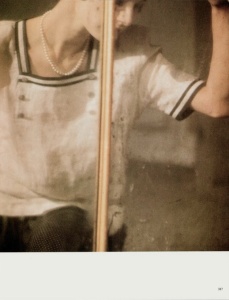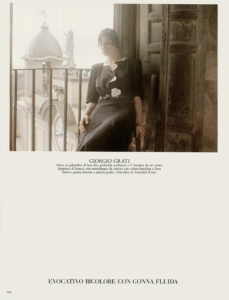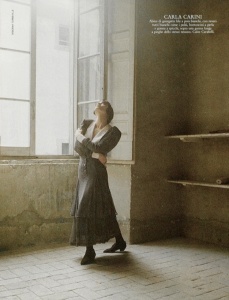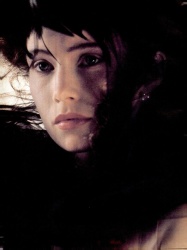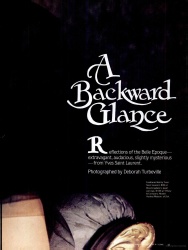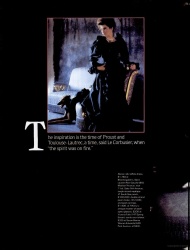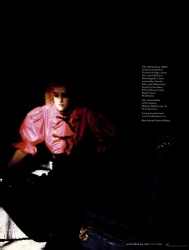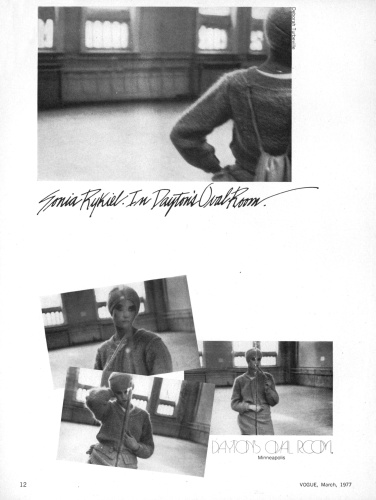-
MODERATOR'S NOTE: Please can all of theFashionSpot's forum members remind themselves of the Forum Rules. Thank you.
You are using an out of date browser. It may not display this or other websites correctly.
You should upgrade or use an alternative browser.
You should upgrade or use an alternative browser.
Deborah Turbeville - Photographer
- Thread starter Estella*
- Start date
- Joined
- Jul 24, 2010
- Messages
- 93,395
- Reaction score
- 62,265
- Joined
- Jul 24, 2010
- Messages
- 93,395
- Reaction score
- 62,265
MissMagAddict
Well-Known Member
- Joined
- Feb 2, 2005
- Messages
- 26,623
- Reaction score
- 1,336
MissMagAddict
Well-Known Member
- Joined
- Feb 2, 2005
- Messages
- 26,623
- Reaction score
- 1,336
MissMagAddict
Well-Known Member
- Joined
- Feb 2, 2005
- Messages
- 26,623
- Reaction score
- 1,336
MissMagAddict
Well-Known Member
- Joined
- Feb 2, 2005
- Messages
- 26,623
- Reaction score
- 1,336
MissMagAddict
Well-Known Member
- Joined
- Feb 2, 2005
- Messages
- 26,623
- Reaction score
- 1,336
Deleted member 116957
New/Inactive Member
- Joined
- Apr 4, 2009
- Messages
- 14,161
- Reaction score
- 16,147
MulletProof
Well-Known Member
- Joined
- Apr 18, 2004
- Messages
- 28,751
- Reaction score
- 7,394
Avonlea
Well-Known Member
- Joined
- Feb 10, 2020
- Messages
- 2,777
- Reaction score
- 10,412
The big picture: the otherworldly scenes of the great Deborah Turbeville
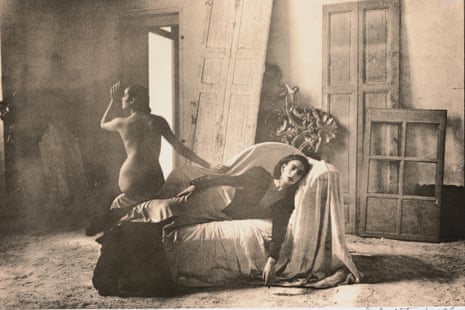
The renowned fashion photographer creates a mood of ‘haunted neoclassicism’ in this image shot near Paris in the 80s
Deborah Turbeville’s photographs first appeared in Vogue in 1975, when she was already 42. Her singular, intimate style – her models, it was noted, always seemed “locked in their solitude”, oblivious to the camera – was subsequently a fixture in fashion magazines until her death in 2013. This image from 1985 features the models Anh Duong and Marie-Sophie wearing the clothes of Emanuel Ungaro, but that doesn’t explain the half of it. Turbeville, characteristically, appears to have chanced upon a scene of impossibly dusty decadence. Her two otherworldly figures are set in dreamlike relation to each other. Marie-Sophie sits staring into the past like a nude by Ingres, while Duong faces glassily forward, apparently contemplating visions, her arm hanging over the edge of the shrouded chaise, in limp homage to Jacques Louis-David’s The Death of Marat.
Turbeville, who was American, was drawn to ancien-regime Europe. She had three years earlier been granted permission to create a photographic portrait of the palace of Versailles, and her architectural pictures dwelled on neglected marble in empty courtyards. That mood of lost splendour inflected much of her work; she liked to say that she always “wanted to hear a clock ticking” in her pictures. A new book examining her adventures in photo collage, which includes this image, unpicks her “haunted neoclassicism” and her gift for making evocative narratives of single images. Looked at together her pictures find a language for the longings to which all fashion imagery aspires: stills from seize-the-day life.
In talking about her style, Turbeville sometimes referenced the impact of early and Nouvelle Vague cinema on her ideas for scenes. This picture was a literal homage to that influence. The photograph was taken at the Chateau de Raray, 30 miles north of Paris, which had been the low-lit setting for Jean Cocteau’s 1946 reimagining of Beauty and the Beast.
guardian
Similar Threads
Users who are viewing this thread
Total: 2 (members: 0, guests: 2)

